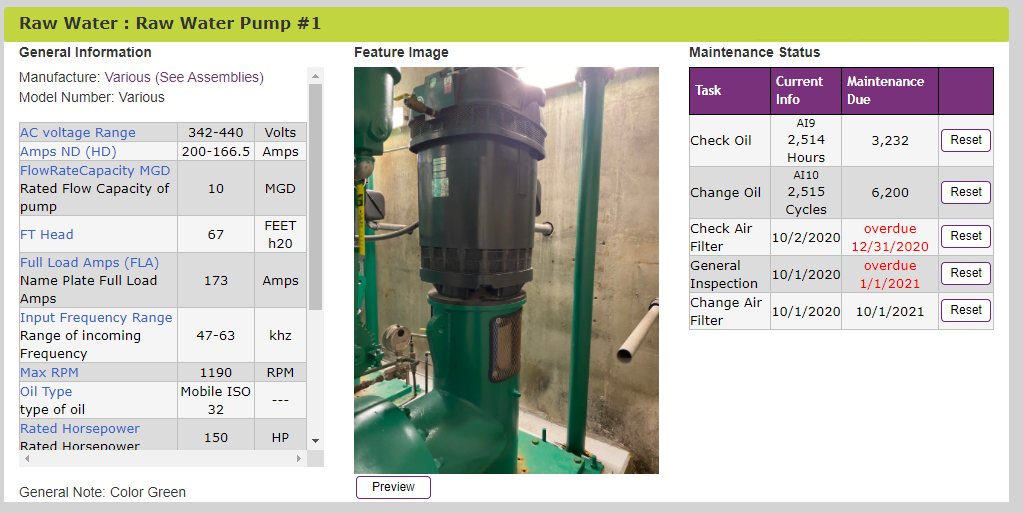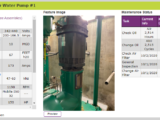How Asset Mangement Can Help Treatment Plants

Water treatment and wastewater treatment plants are important facilities that ensure the safety of public health and the environment. As populations grow and demand for clean water increases, these utilities must function efficiently and cost-effectively. In order to achieve this goal, asset management systems are critical for maximizing the effectiveness of these facilities.
Asset management systems for water and wastewater treatment plants refer to a series of practices that provide utilities with the tools they need to manage their physical assets effectively. These practices include the collection and analysis of data on the condition, performance, and life cycle of equipment, infrastructure, and other assets, as well as the use of this information to plan and execute maintenance, repair, replacement, and improvement activities.
Asset management systems are essential for water and wastewater treatment plants for a number of reasons:
- Better management of resources leads to better performance. By adopting effective asset management practices, utilities can significantly reduce the downtime, unplanned maintenance, and failures in their facilities. This leads to improved operational reliability, quality of service, and customer satisfaction. In particular, a good asset management program will help utilities better manage their assets, reduce the total cost of ownership, and extend the useful lives of their assets.
- Asset management systems reduce life cycle costs. Asset management enables utilities to adopt a proactive approach to asset management, which is more cost-effective than a reactive approach. By monitoring the condition of their assets and identifying any issues early on, utilities are able to perform maintenance and repairs before problems become bigger and more expensive. This reduces the need for unscheduled repairs, downtime, and early replacements. As a result, the total cost of ownership over the lifetime of the asset can be significantly reduced.
- Asset management helps to ensure regulatory compliance. A properly implemented asset management system ensures utilities can keep up-to-date with regulatory requirements, compliance with the latest environmental and safety standards, and financial reporting. This is particularly vital for water and waste water treatment plants as there are often very rigid standards set by regulatory authorities that must be adhered to.
- Asset management supports strategic decision-making. By using asset management tools, utilities can develop long-term capital improvement plans that balance their available resources with the need to maintain and improve their facilities. A well-thought-out plan ensures that the right assets are maintained or replaced at the right time, minimizing risk and reducing overall costs and the plant’s environmental footprint. The data and information generated through asset management are essential inputs for planning and budgeting for asset replacement, renewal, maintenance, and upgrade.
In conclusion, effective asset management is a critical element in the success of water and wastewater treatment plants. Plants require a range of assets, from pipes and pumps to treatment processes that can result in complex treatment and delivery schemes. That’s why Data-Command developed Argus, a tool that helps not only in maintaining the facility’s equipment and infrastructure but also deliver high quality of service to customers, save money and effort for the treatment plant, and assure sustained regulatory compliance. Learn more about how Argus can help you and your team at www.data-command.com/asset-management.

